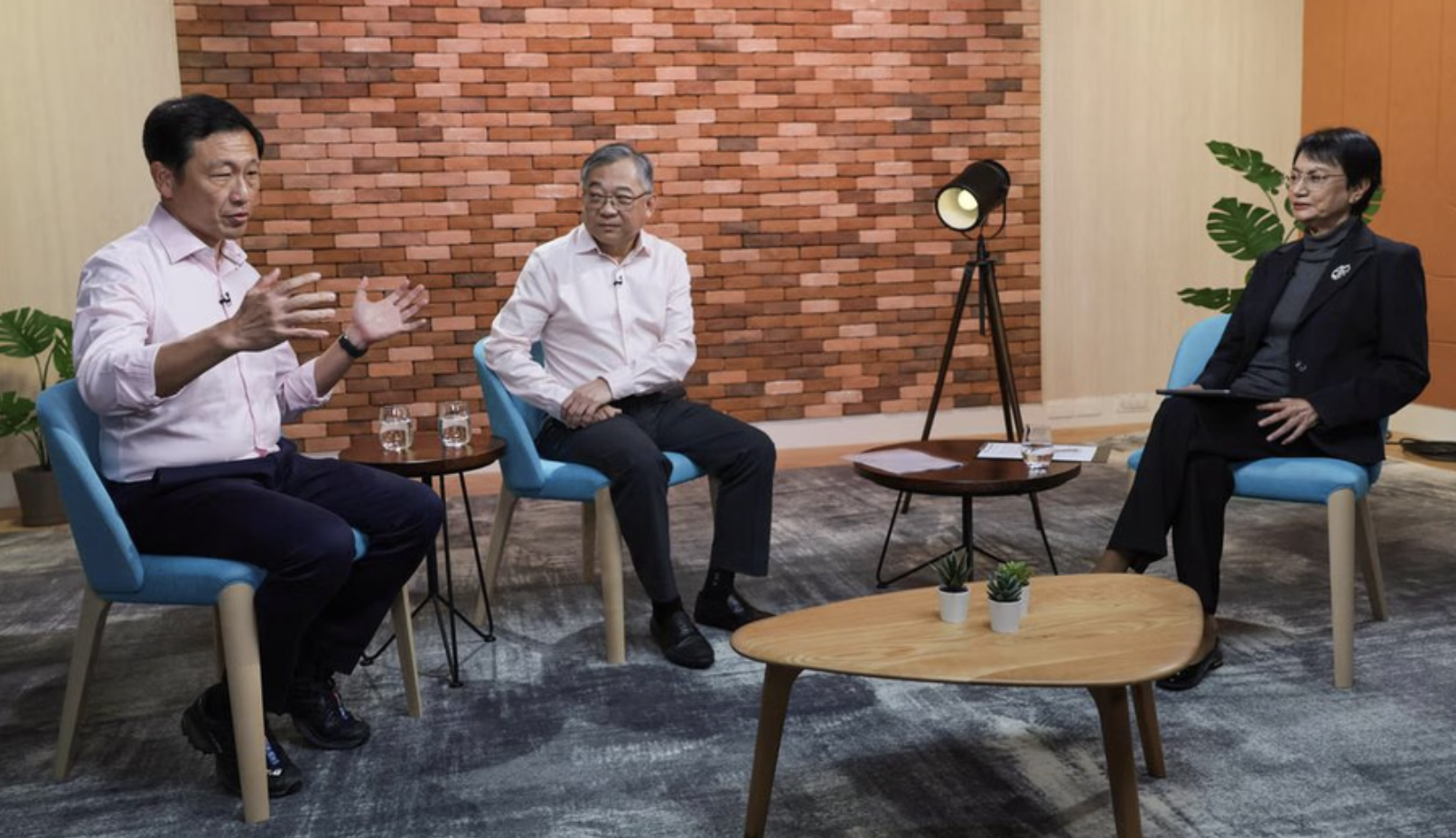Singapore is a high-income country in South-East Asia with a population of 5.5 million in 2021[1]. The country has achieved universal health coverage with a combination of government subsidies for health care services and social health protection schemes. In 2019, Singapore’s GDP share of current health expenditure (CHE) was 4.42%[2], and government health expenditures accounted for 50.2% of current health expenditure (CHE). Out-of-pocket (OOP) expenditure was relatively high at 30.2% of CHE in 2019.[3]
The 3Ms for financial risk protection
Singapore’s health financing receives a great deal of international attention due to its compulsory medical saving, which features three main schemes known as 3M and that comprises MediSave, MedShield and MediFund.. Since the 1980s, health care financing in Singapore has undergone major changes. In 1984, MediSave was introduced as a mandatory individual medical savings account. This scheme is funded by employer and employee’s contributions and administered by Central Provident Fund. The savings account was used to pay for health care for family members. The introduction of MediShield — a voluntary catastrophic health insurance – followed in 1990 and was eventually replaced by mandatory enrollment in MediShield Life in 2015. This covered both in-patient and out-patient high-cost care. In 1993, MediFund was established as a safety net for those unable to afford subsidized hospital bills[4]. In 2000, the Community Health Assist Scheme (CHAS) was introduced as a subsidy for medical and dental care at general practitioner and dental clinics[5].
A new initiative, called Healthier SG
In 2022, Singapore introduced a new initiative for health reform called Healthier SG, which emphasized preventive care as a response to an aging population and chronic diseases[6]. According to reporting in the Strait Times, the government will increase its budget allocation for preventive health services. It was reported that the annual check-ups, nationally recommended vaccinations, and health screenings will be fully subsidized by the government. In addition, the copayment for chronic disease treatment will no longer apply for people using MediSave. Subsidies for common chronic drugs and drug price limits will be included under CHAS. This will extend access to preventive and primary care services among the population[7].
References
[1] https://data.worldbank.org/indicator/SP.POP.TOTL?locations=SG
[2] https://data.worldbank.org/indicator/SH.XPD.CHEX.GD.ZS?locations=SG
[3] https://data.worldbank.org/indicator/SH.XPD.OOPC.CH.ZS?locations=SG
[4] http://www.bioethicscasebook.sg/backgrounder/health care-financing-in-singapore/
[5] https://www.homage.sg/resources/community-health-assist-scheme-chas/
[6] https://www.aseanbriefing.com/news/singapore-introduces-new-health care-reform-plan/



